Hollywood shows little change in diversity
Updated: 2016-09-13 12:19
By Amy He in New York(China Daily USA)
|
||||||||
Hollywood is still Hollywood when it comes to diversity, and "inequality is an industry norm in film," according to a report that analyzed top movies released in 2015.
The analysis, conducted by the Media, Diversity, and Social Change Initiative at the University of Southern California (USC) Annenberg School for Communication and Journalism, showed that the results are "both startling and consistent" with the findings from previous years.
Despite advocacy and "good intentions, change remains difficult to achieve", said the report released on Sept 7.
"We're seeing entrenched inequality," said Stacy L. Smith, a USC professor and the study's lead author, in an interview with The Associated Press.
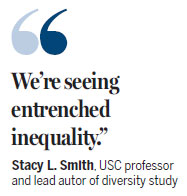
"Whether we're studying gender, race, ethnicity, LGBT or characters with disabilities, we're really seeing exclusionary forces leaving out anybody that's not a straight, white, able-bodied man.
"Despite all the chatter and all the activism and all the press attention, it's another year where the status quo has been maintained," she said.
Lack of diversity in Hollywood has been a major point of discussion this year and particularly last year following controversy around the Academy Awards failing to nominate non-white actors and actresses, which was already a point of contention in the previous year's awards season. The Academy swiftly responded by committing to diversify its membership by 2020.
The report said that Hollywood's depictions of women, people of color, the LGBT community, and people with disabilities do not reflect population norms.
Only 26.3 percent of characters in the movies analyzed are from ethnic racial groups, representing 12.1 percent less than those in the US population.
"While examining characters across films allows for population comparisons, understanding how often different groups are absent altogether from the screen is crucial," said the report.
"Forty-nine films did not feature even one Asian or Asian American speaking or named character. Similarly, 40 cast no speaking or named Hispanic/Latino characters, and 17 depicted not one Black or African American speaking or named character," it said.
Characters of Asian descent made up 3.9 percent of all speaking characters, despite representing 5.6 percent of the US population. Females were less than one-third of all speaking characters in the movies, even though they make up half the population and half of movie ticket buyers, USC said.
"The intense scrutiny on Hollywood over the past several years has placed the Academy Awards in the crosshairs of advocates, most notably through the #OscarsSoWhite campaign," USC said, referring to the hashtag started on Twitter after 2016 Oscar nominations were announced, with no person of color having been picked in any of the four acting categories.
But the problems indicated in the report predate the Twitter-inspired discussions over diversity, and the industry must overcome its two major hurdles: lack of imagination and willingness to change, it said.
More must be done to be inclusive not only in front of the camera but behind the camera as well, USC recommended. The number of non-white males directing or producing films remains low.
amyhe@chinadailyusa.com
- Britain's ex-leader Cameron resigns as lawmaker
- US flies B-1B bombers over ROK after DPRK's nuke test
- S Korea jolted by biggest-ever earthquake, tremor felt nationwide
- Cuba, US hold first talks on intellectual property
- Princeton, Cal top college rankings
- Clinton says may restart campaigning in a 'couple of days'

 Orphaned Chinese marries American at SOS village
Orphaned Chinese marries American at SOS village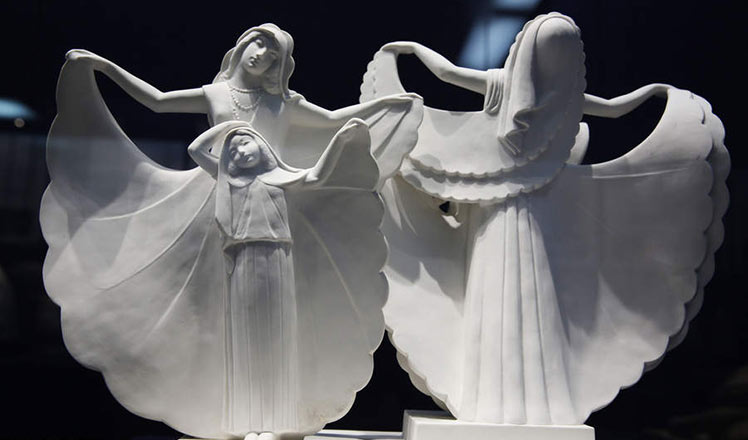
 French royal porcelains shine in Xi'an
French royal porcelains shine in Xi'an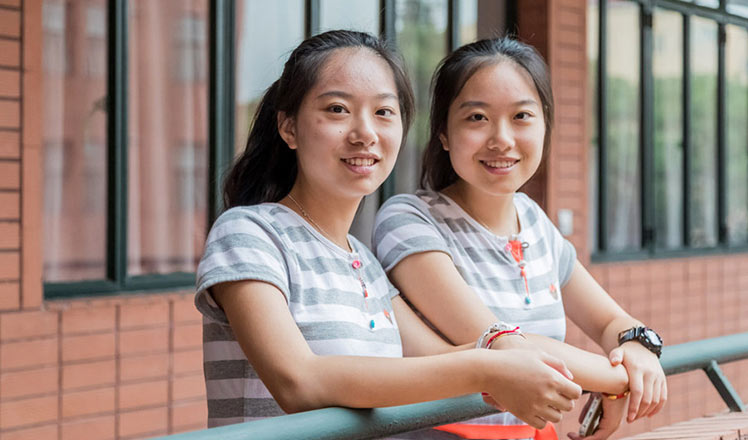
 How to raise great kids? A case for twin girls
How to raise great kids? A case for twin girls
 Photographers capture the fun side of a full moon
Photographers capture the fun side of a full moon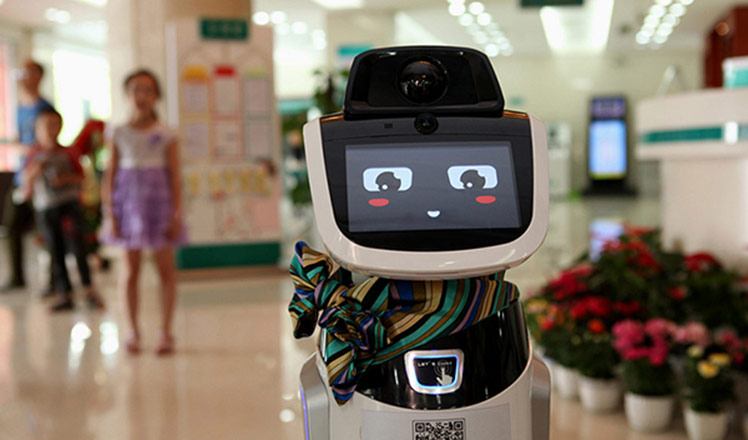
 Top 10 most valuable companies in China
Top 10 most valuable companies in China
 US marks 15th anniversary of 9/11 attacks
US marks 15th anniversary of 9/11 attacks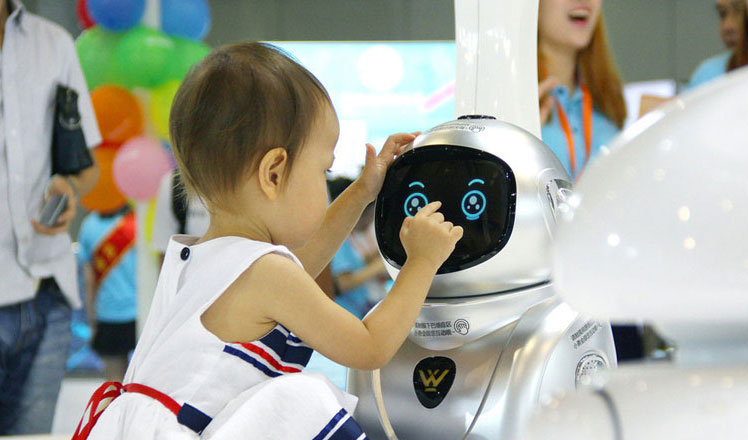
 Beautiful, smart robots shine at expo in Nanjing
Beautiful, smart robots shine at expo in Nanjing
 In pics: Top 10 most global cities in 2016
In pics: Top 10 most global cities in 2016
Most Viewed
Editor's Picks

|

|

|

|

|

|
Today's Top News
Trump outlines anti-terror plan, proposing extreme vetting for immigrants
Phelps puts spotlight on cupping
US launches airstrikes against IS targets in Libya's Sirte
Ministry slams US-Korean THAAD deployment
Two police officers shot at protest in Dallas
Abe's blame game reveals his policies failing to get results
Ending wildlife trafficking must be policy priority in Asia
Effects of supply-side reform take time to be seen
US Weekly

|

|







